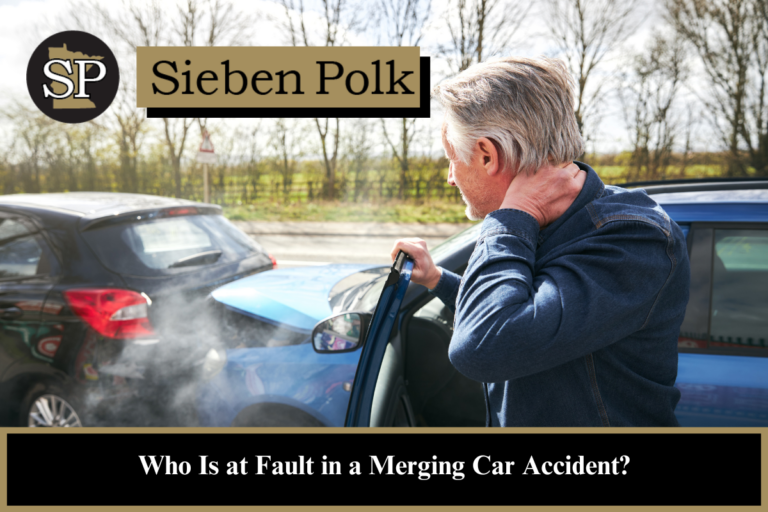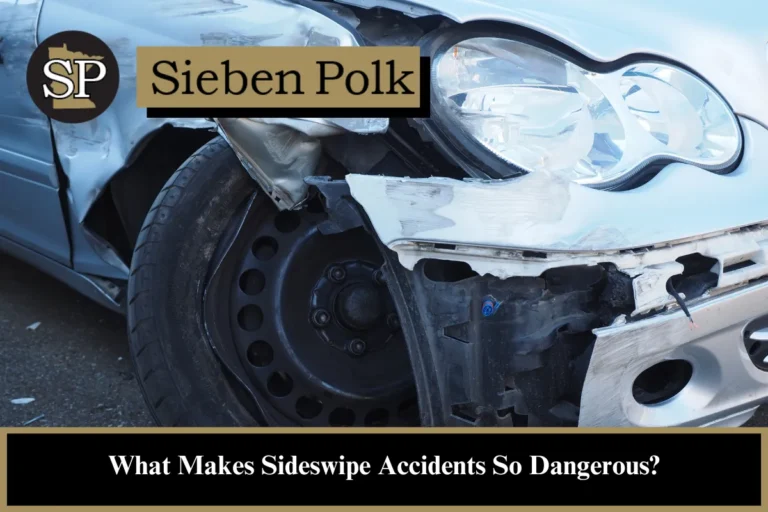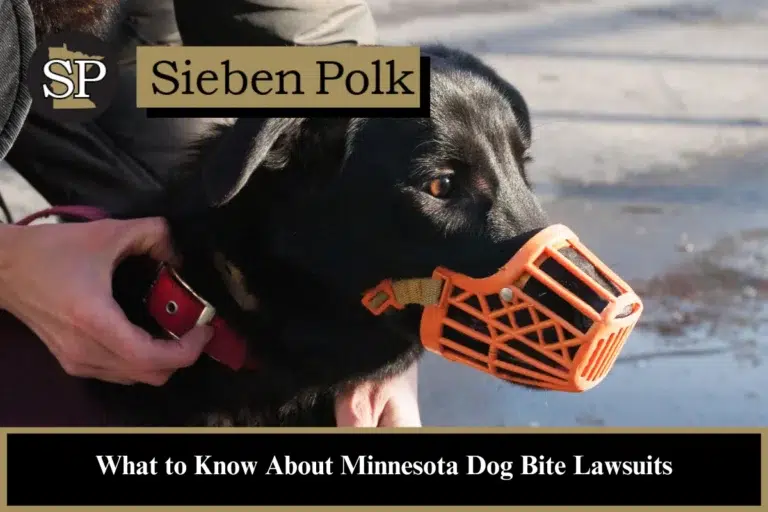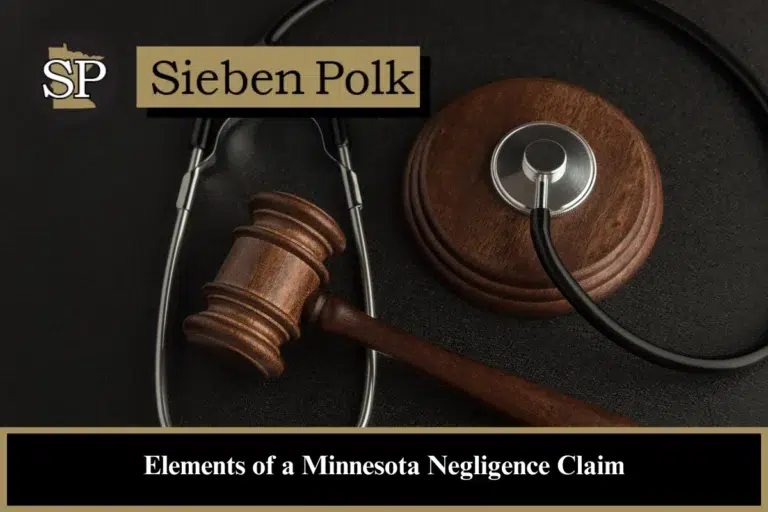Determining fault in a merging car accident can be complex, as both drivers may share responsibility. Our Minnesota car accident lawyers can help you assess liability and pursue compensation from all at-fault parties. Call (651) 437-3148 or contact us online for a free consultation.
Navigate This Page
- What Is a Merging Accident? How Do They Happen?
- What Are the Rules for Merging Safely Under Minnesota Law?
- Zipper Merging in Minnesota
- Is the Other Driver Ever Responsible for a Merging Accident?
- How Can I Prove the Other Driver Was at Fault in a Merging Accident?
- What Damages Can I Recover After a Merging Accident?
- We’re Here for You After Your Merging Accident Injury
- Related Reading
What Is a Merging Accident? How Do They Happen?
A merging accident occurs when two vehicles collide while attempting to merge into the same lane of traffic. This often happens when a vehicle enters a highway from an on-ramp and crashes into a vehicle already in the lane, or when two vehicles try to merge into the same lane simultaneously.
These accidents frequently result in side-swipe collisions, which can cause serious injuries.
What Are the Rules for Merging Safely Under Minnesota Law?
Minnesota law dictates that drivers must yield the right-of-way when entering a roadway, especially when merging onto highways. Drivers must check mirrors and blind spots, signal their intent to change lanes, and wait for a safe gap in traffic before merging.
Additionally, drivers must signal at least 100 feet before changing lanes. Understanding these rules is essential for safely merging and avoiding accidents.
Zipper Merging in Minnesota
Zipper merging is a recommended practice in construction zones or areas with lane closures. Drivers use both lanes until reaching the merge point, then alternate vehicles to merge into one lane—like the interlocking teeth of a zipper. This method reduces congestion and decreases the risk of accidents, especially in slow-moving traffic.
Is the Other Driver Ever Responsible for a Merging Accident?
While merging drivers are typically at fault for not yielding the right-of-way, the other driver can sometimes share responsibility. For example, if the other driver suddenly accelerates or decelerates, tailgates, or weaves in and out of lanes, these behaviors may contribute to the accident. In such cases, the other driver’s actions could affect the merging driver’s ability to safely enter traffic.
How Can I Prove the Other Driver Was at Fault in a Merging Accident?
To prove that the other driver was at fault in a merging accident, our car accident lawyers can gather key evidence, such as:
- Dashcam or surveillance footage
- Witness testimony from other drivers or passengers
- Photos of the accident scene and vehicle damage
- Police reports and citations
- Expert testimony from accident reconstructionists or forensic specialists
- Phone records showing the other driver was distracted during the merge
What Damages Can I Recover After a Merging Accident?
After a merging accident, you can recover Personal Injury Protection (PIP) benefits, which cover medical expenses and lost wages regardless of fault. If you are less at fault than the other driver, you may also seek compensation through their auto liability insurance.
Additionally, you can pursue non-economic damages such as pain and suffering through an auto liability claim or personal injury lawsuit.
We're Here for You After Your Merging Accident Injury
Minnesota’s comparative fault law allows you to pursue damages even if you were partially responsible for the accident. If you’ve been injured in a merging accident, Sieben Polk P.A. can help you understand your legal rights and options. Contact us for a free consultation at (651) 437-3148 or reach us online.




